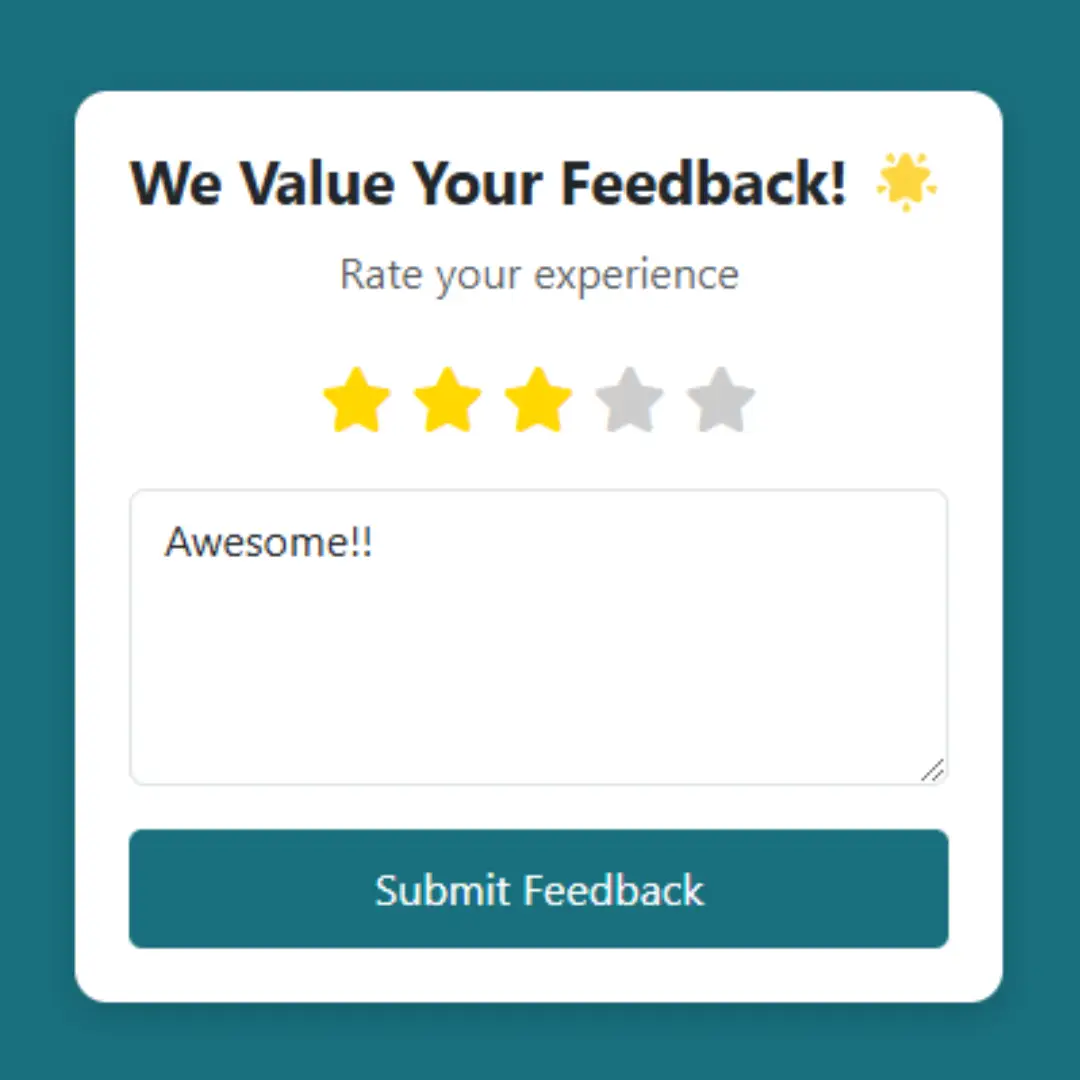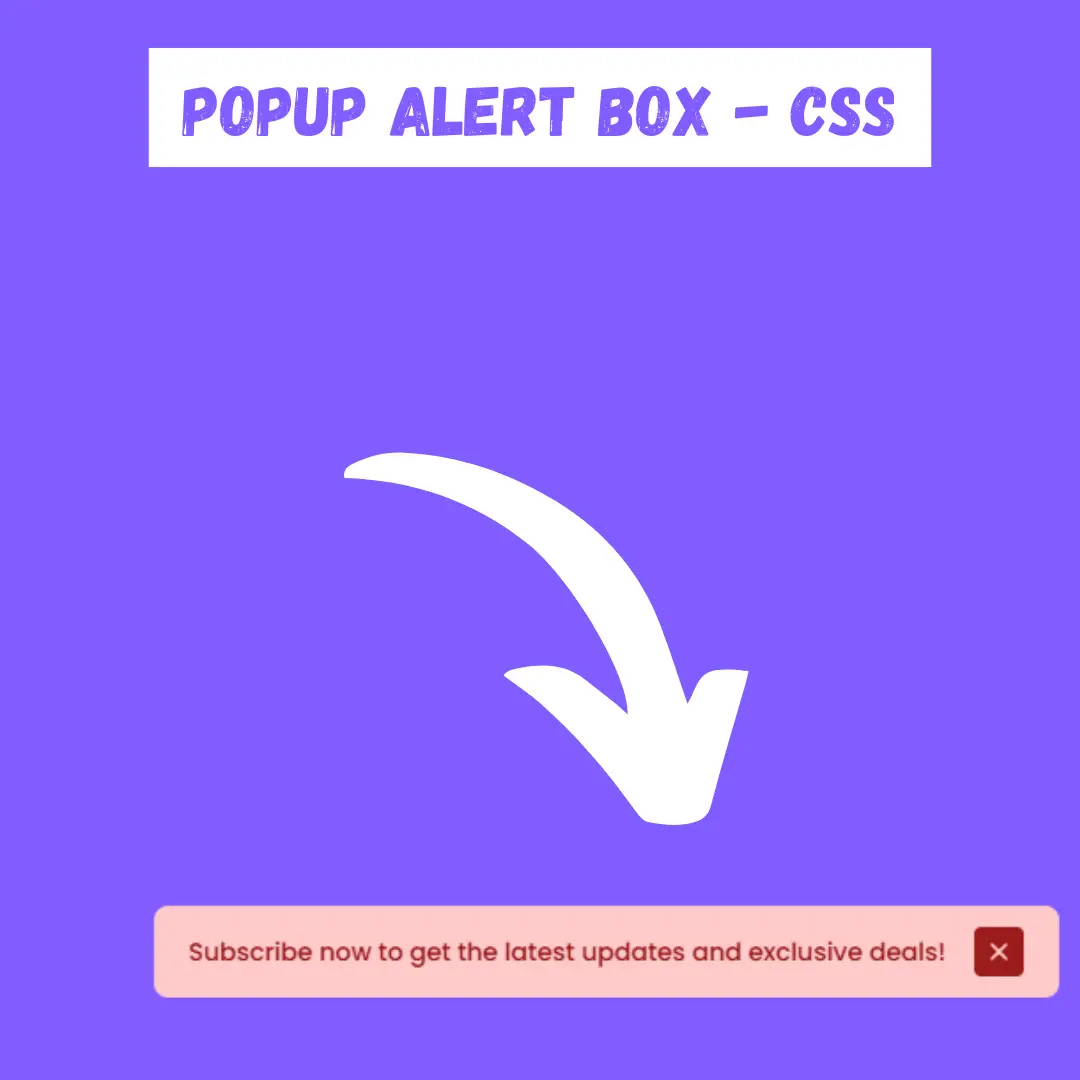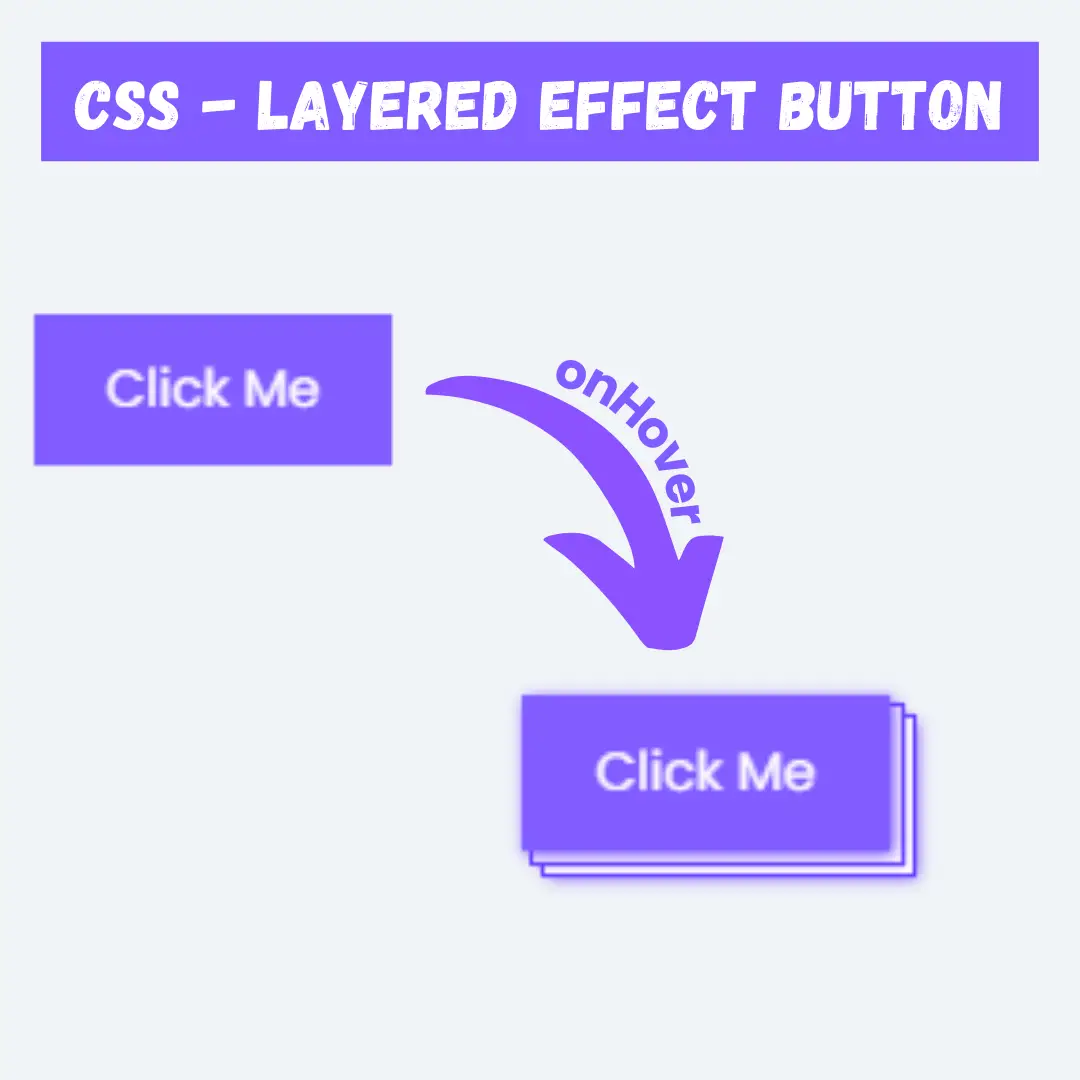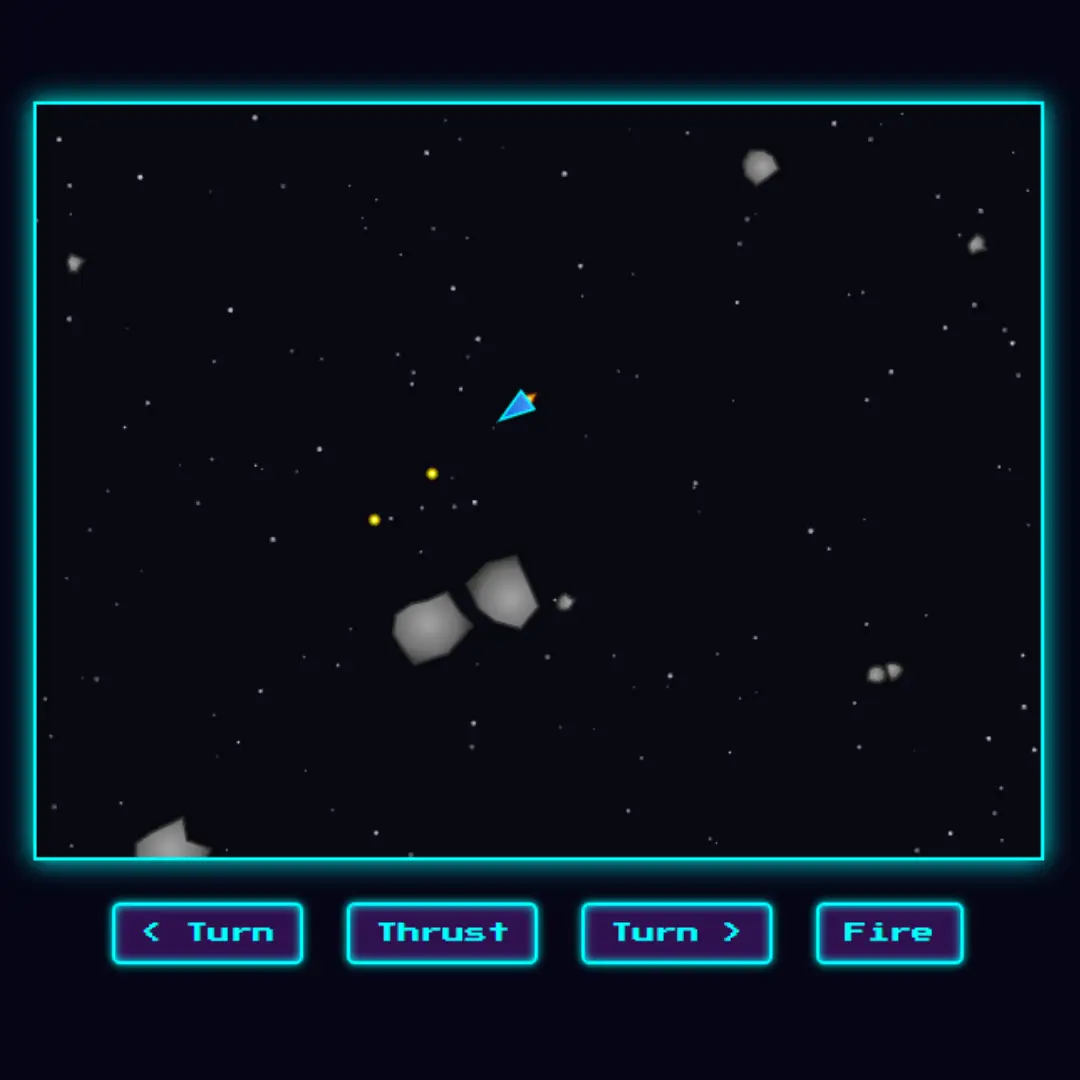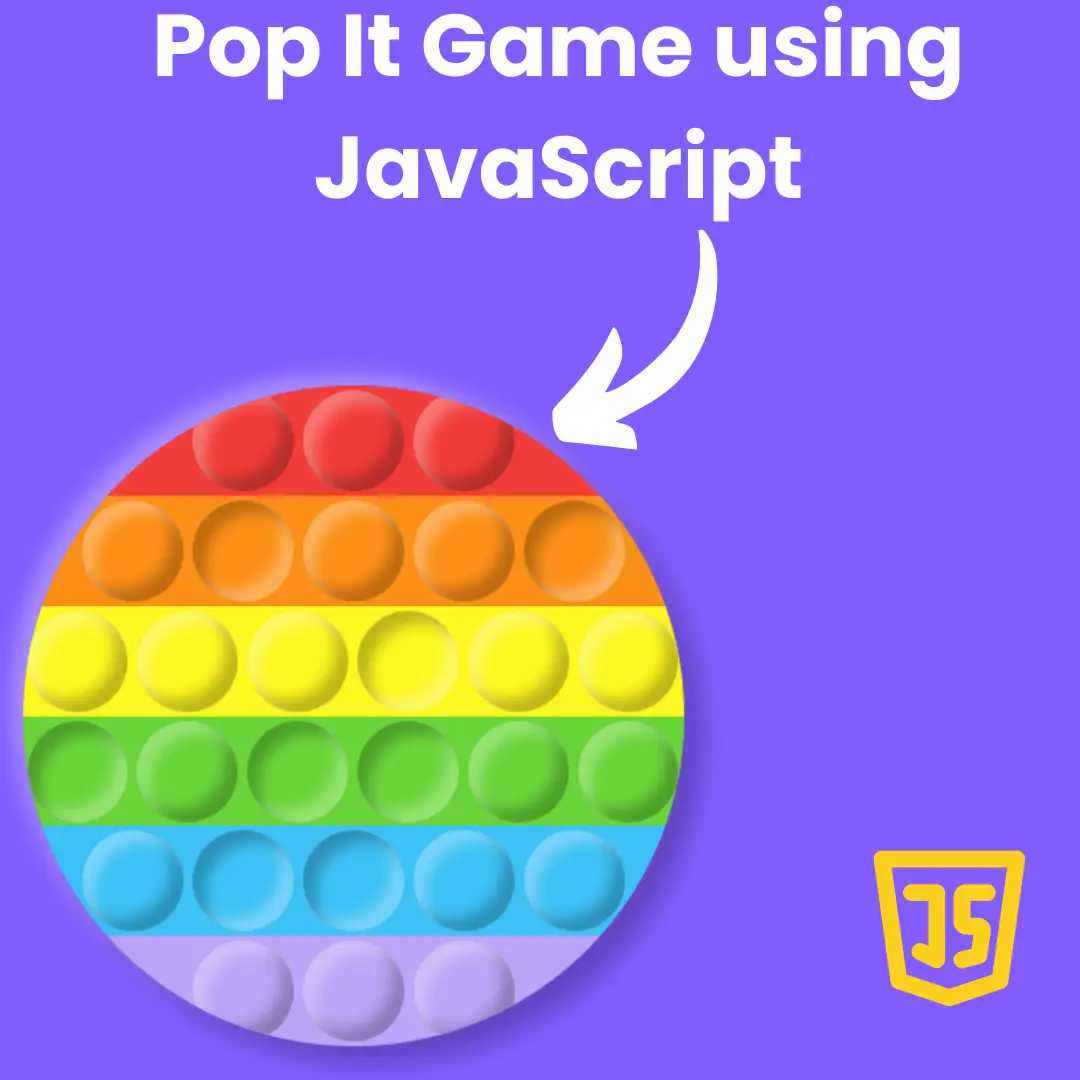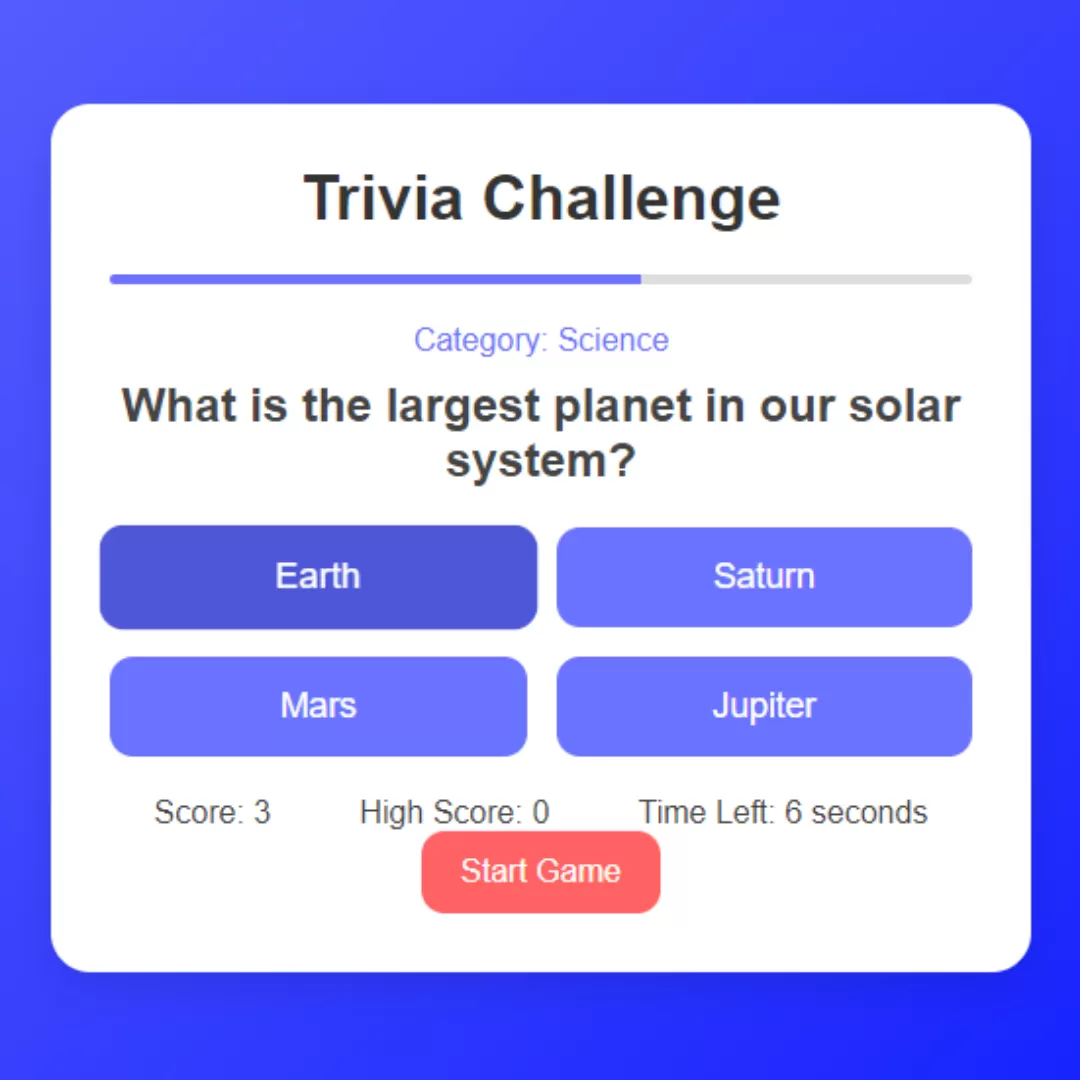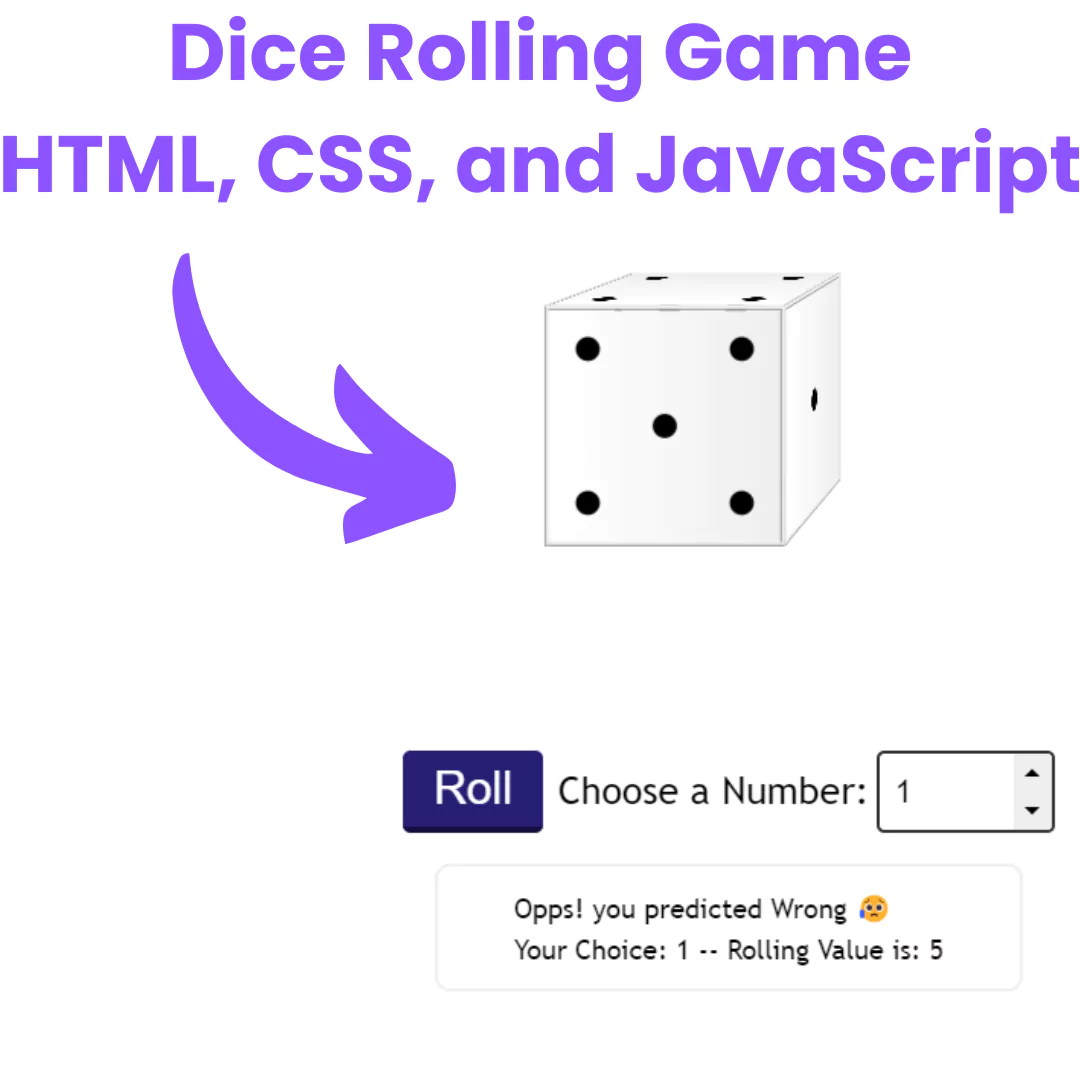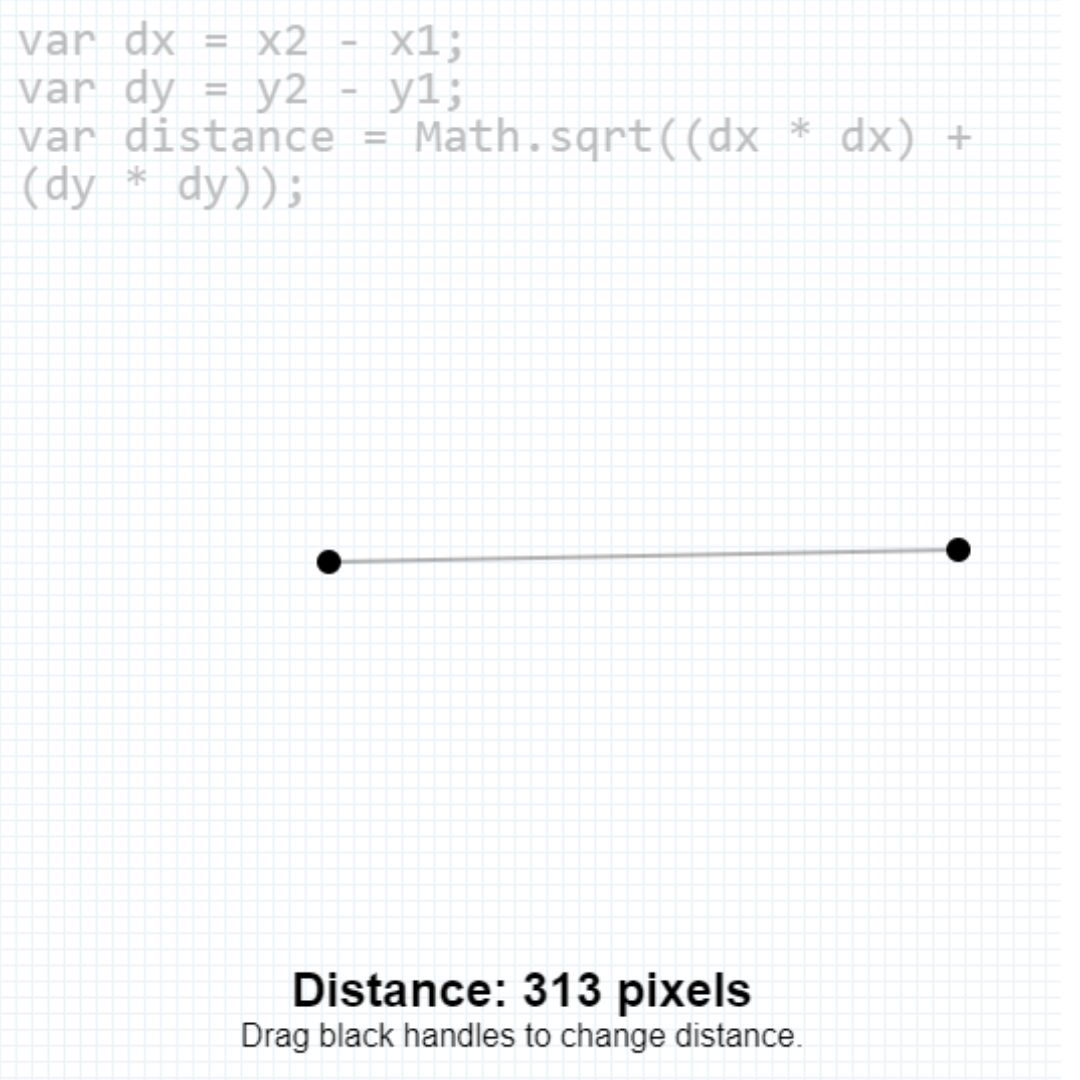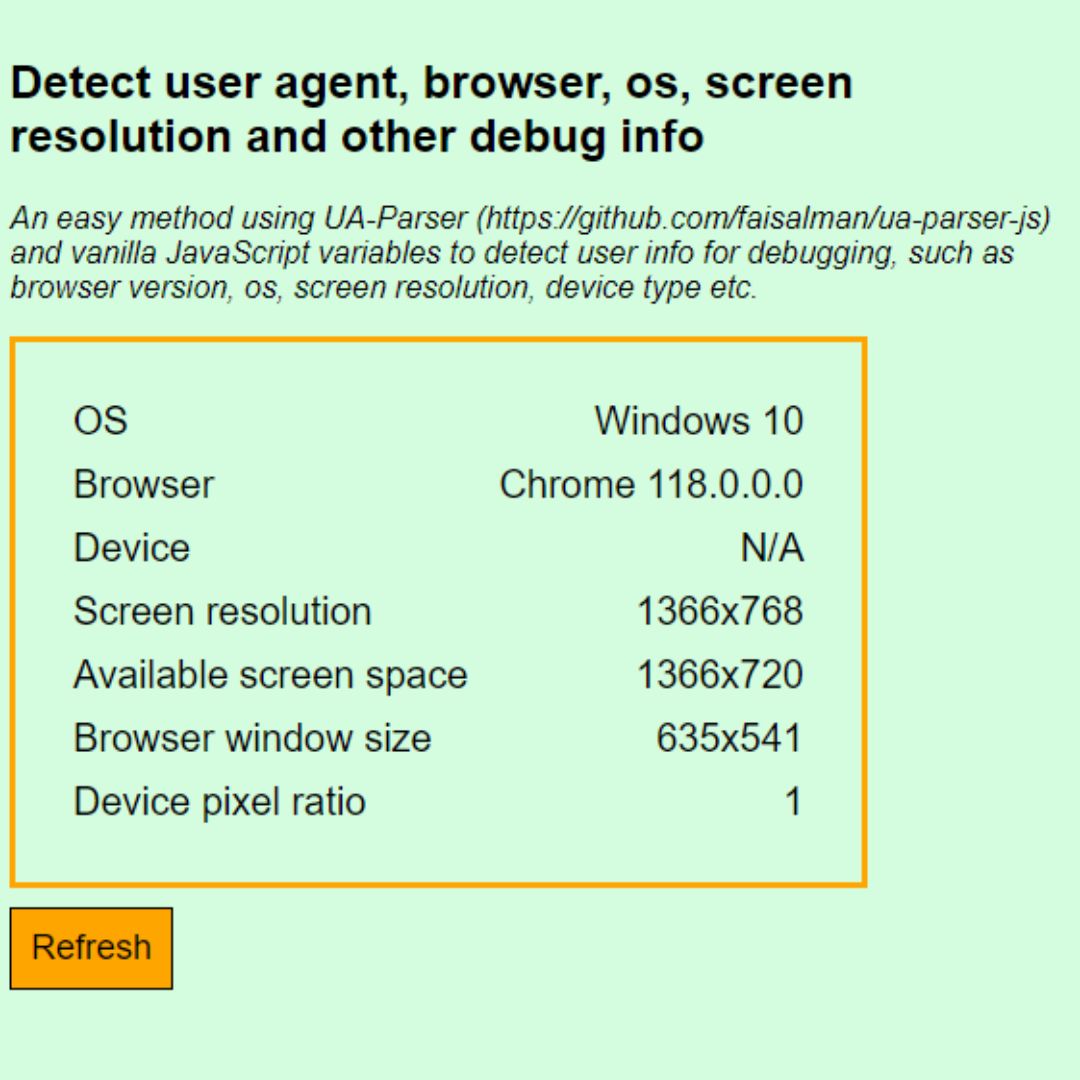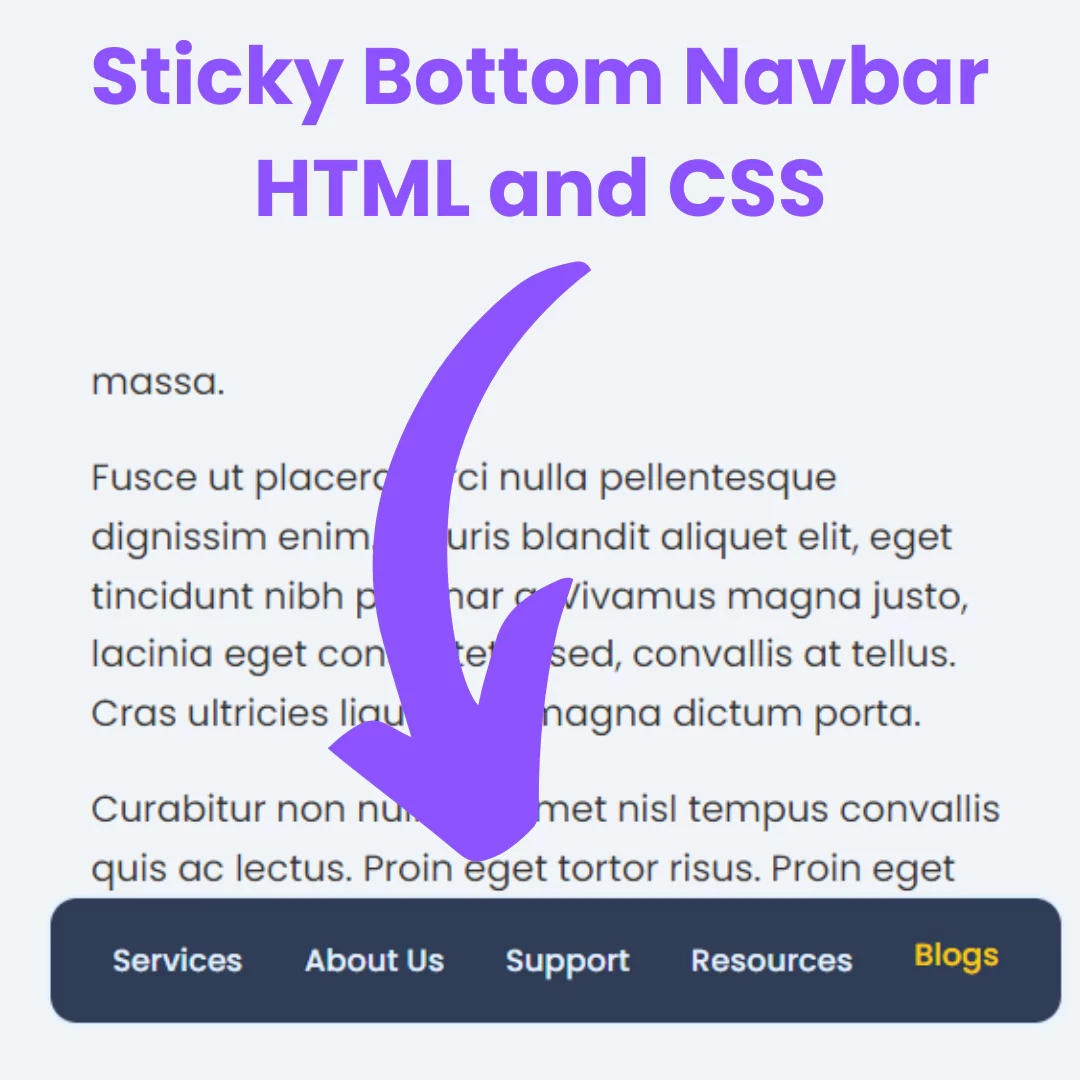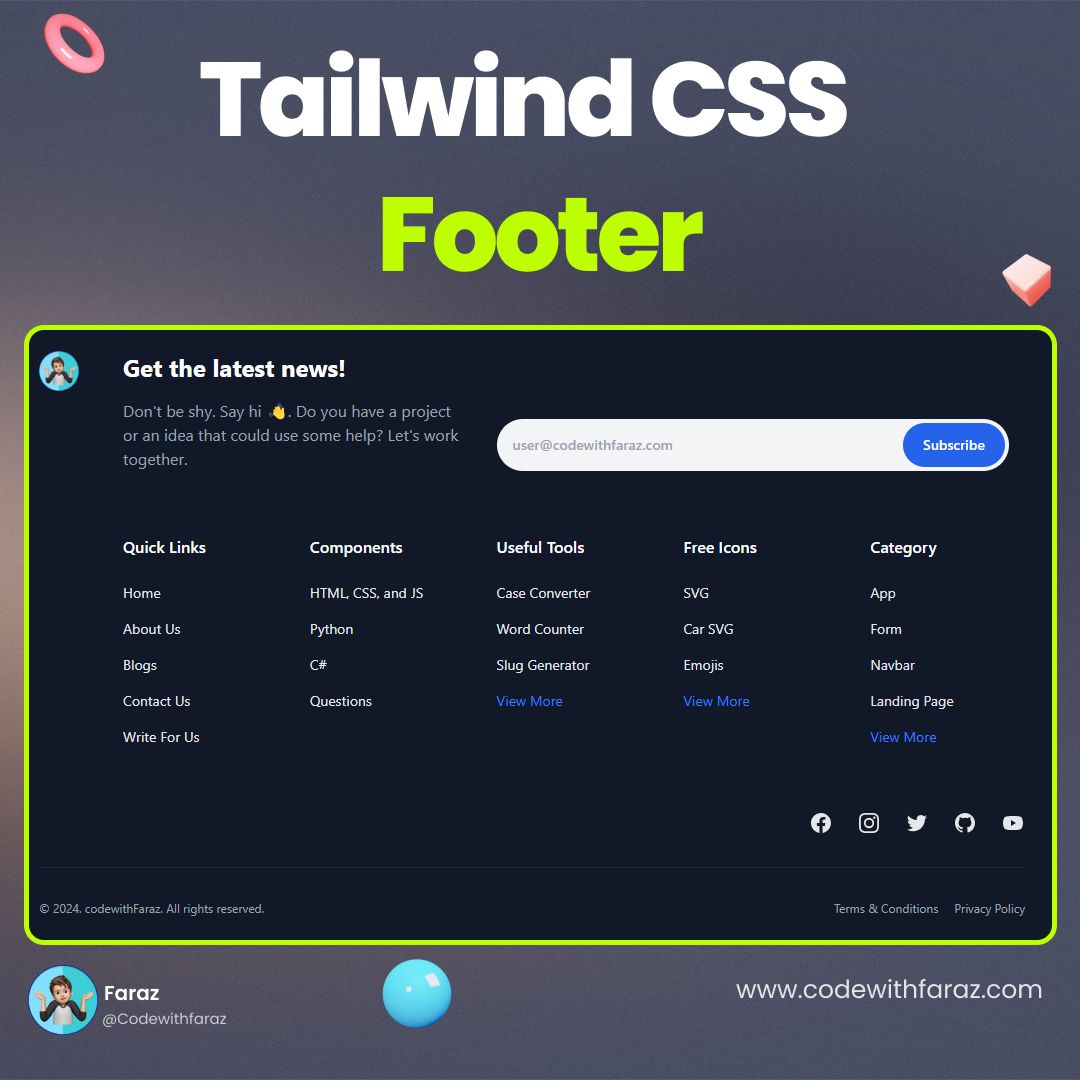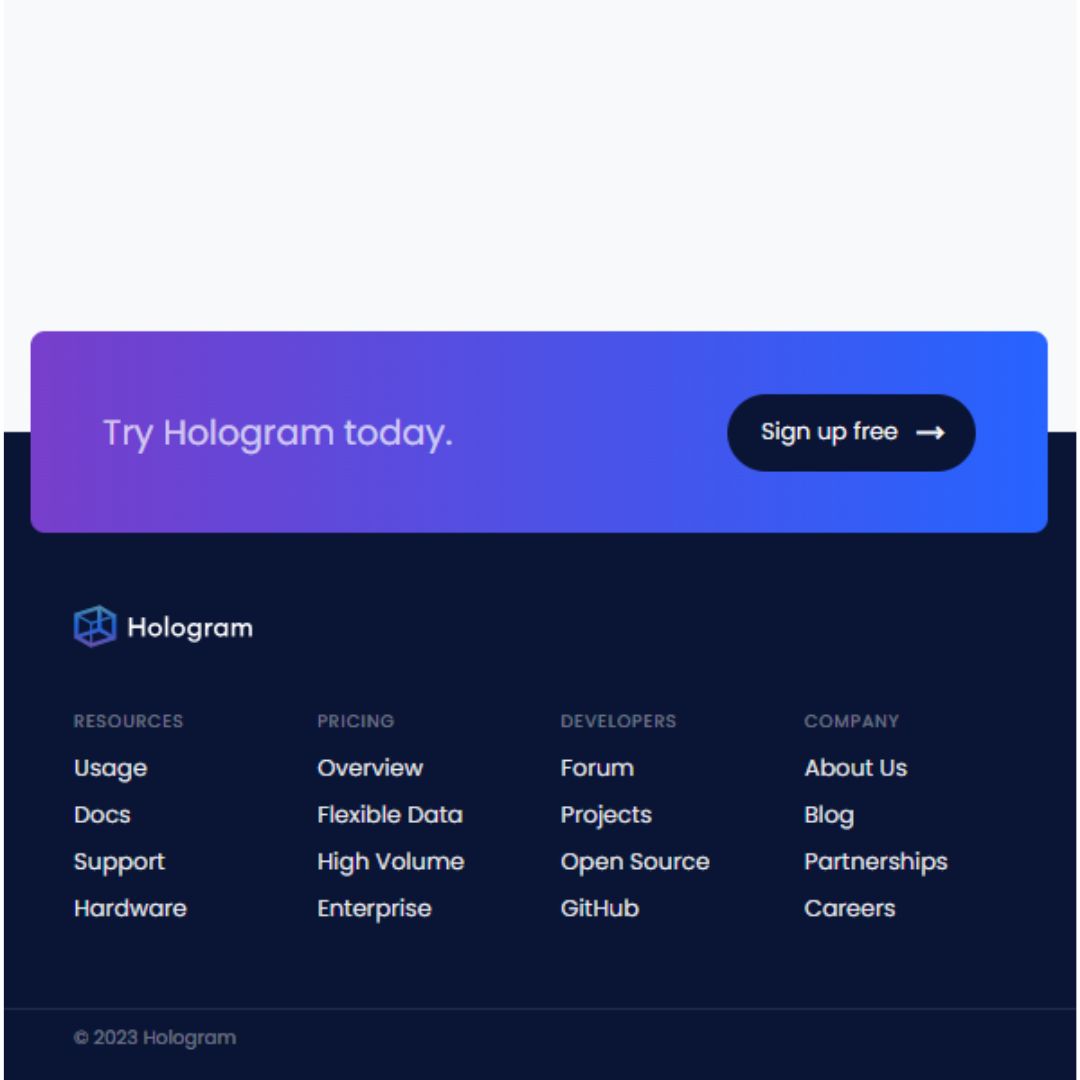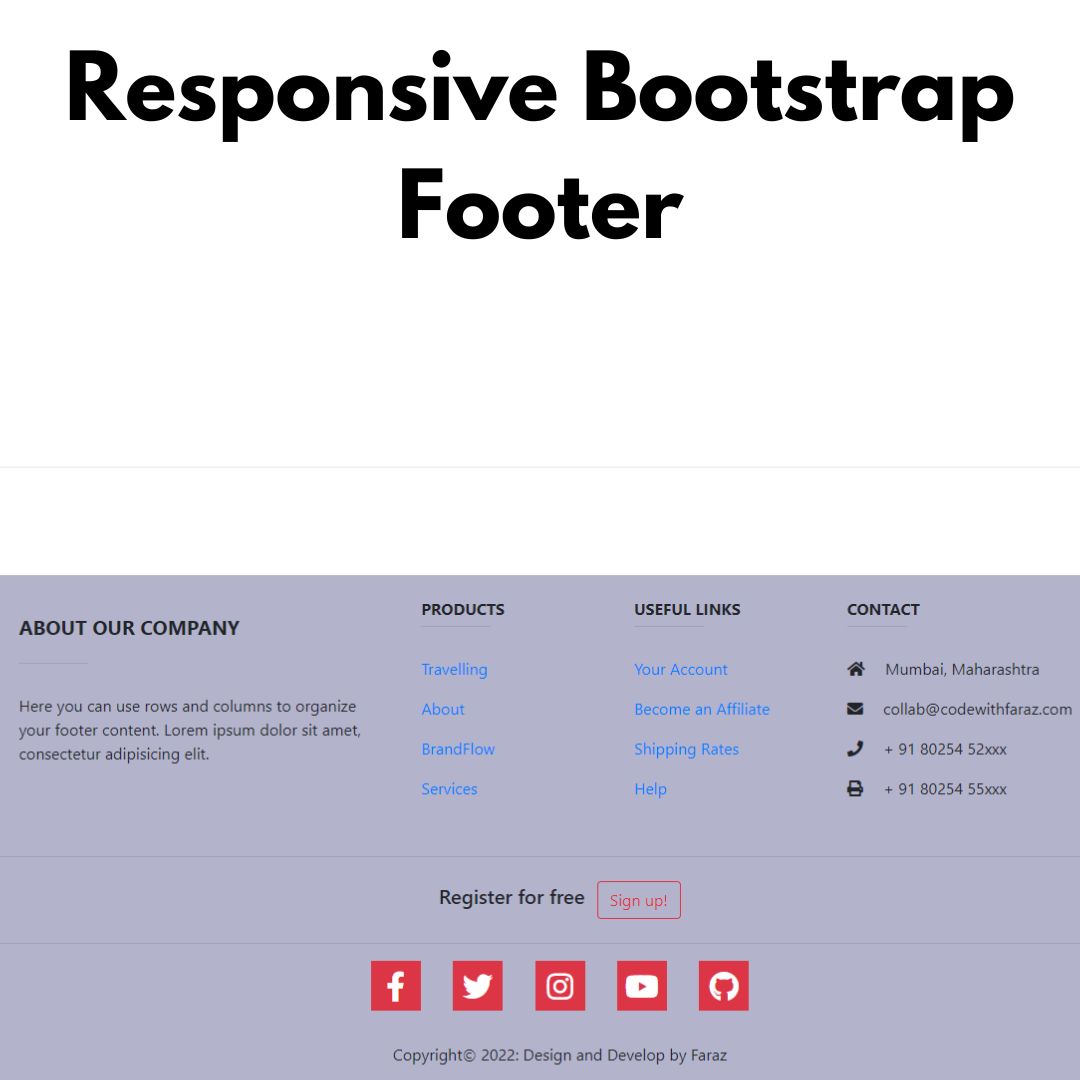Learn why JSON is not the best choice for relational databases. Understand its limits and better alternatives for structured data.

NoSQL databases have become increasingly popular in recent years and, in many sectors, are preferred to the traditional relational database. This is because the types of data that can be collected have evolved and increased.
From smart devices and IoT to the integration of artificial intelligence (AI), data is more available than ever, with 80% of this new data being unstructured data without a fixed schema that can fit neatly into rows and columns. In 2024, approximately 147 zettabytes of data were generated, and projections indicate that this will reach 181 zettabytes by the end of this year.
The need to transfer this expanding data has increased, and JSON has emerged as the dominant format due to its simplicity, readability, and ease of processing. While NoSQL databases are being more widely used, the most popular database across all industries is still the relational database. However, as more developers use JSON, they will move away from relational databases and instead use a document database. This article will examine why JSON is popular and why it isn’t used for relational databases.
Why is JSON So Popular?
No matter the type of program they’re working on, software developers need a way to label and exchange data. This explanation of JSON outlines how JSON is a text-based format, so it is readable by both people and machines. The guide also notes how JSON is a wildly successful way of formatting data for several reasons. “First, it’s native to JavaScript, and it’s used inside JavaScript programs as JSON literals. You can also use JSON with other programming languages, so it’s useful for data exchange between heterogeneous systems”. This is why JSON is the most popular format for document databases.
Why Isn’t JSON Used for Relational Databases?
While most relational databases have added support for JSON, and JSON data can be transformed into a tabular format, simply adding a JSON data type does not bring the benefits of a database with native support for JSON. This is because a relational approach detracts from developer productivity rather than improving it. Below are 4 reasons why JSON isn’t used in relational databases
Flexible Schema
Unlike relational databases, which have strict schemas, JSON databases do not have fixed rules for how data should be ordered. This is why the JSON data model is commonly used in document databases. A guide to document databases outlines how JSON documents are lightweight, language-independent, and human-readable, allowing them to store different types of datasets under the same collection. On the other hand, Relational databases can’t validate the schema of documents, so developers have no way to apply quality controls against their JSON data.
Primitive Data Handling
In line with the above, JSON-rich data types supported by native document databases make computing, comparing, and sorting data easier and less error-prone. Relational databases can’t handle complex JSON data sets as efficiently. Using JSON in a NoSQL database means that developers can manage data within documents much faster and without the need for more database administrators. The JSON document model can also overcome the rows-and-columns limitations of relational databases by directly mapping objects into a corresponding hierarchical JSON format.
Low Performance
As explained in the above guide to document databases, “most relational databases do not maintain statistics on JSON data, preventing the query planner from optimizing queries against documents and you from tuning your queries.” As a result, this can often lead to low-performance levels when JSON data is integrated with relational databases. JSON Document databases are high-performing, faster, and able to read and write operations on large datasets.
Scalability
Because of the way that JSONs store data, they are ideal for databases that can scale horizontally. This means that developers can partition (shard) the database across multiple instances to scale as workloads grow, allowing the database to grow in line with the data demands without any issues. Relational databases offer no way for you to partition, and developers have to implement sharding themselves or install expensive and limited scale-up systems.
Conclusion
JSON is popular among developers because it is easy to use and readable. This data model is much more adaptable in NoSQL databases which is why JSON isn’t generally used with relational databases. For more tech tips, blogging, coding, programming, and much more, do visit the rest of our site.
That’s a wrap!
Thank you for taking the time to read this article! I hope you found it informative and enjoyable. If you did, please consider sharing it with your friends and followers. Your support helps me continue creating content like this.
Stay updated with our latest content by signing up for our email newsletter! Be the first to know about new articles and exciting updates directly in your inbox. Don't miss out—subscribe today!
If you'd like to support my work directly, you can buy me a coffee . Your generosity is greatly appreciated and helps me keep bringing you high-quality articles.
Thanks!
Faraz 😊





